Dozens of economic and community developers, business leaders, local government staff and state officials gathered in Bellevue on Sept. 9 for a conference on economic development in the Omaha-Council Bluffs metro area. Across speakers and panels, the event focused on some of the core challenges in the region, including the fast-changing nature of economic development itself.
“Traditional economic developers, which tend to be (people and organizations) that focus on business attraction, business retention, maybe some infrastructure, are saying, ‘We have never been pulled into more different spaces than we have over the past couple of years,’” said keynote speaker Dell Gines, the chief innovation officer at the International Economic Development Council. He pointed to such issues as the shortage of housing, lack of child care support and workforce training and development needs.
The conference, titled “Collaborative Futures: A Regional Economic Development Summit,” was organized by the Greater Omaha Economic Development Partnership, Greater Omaha Chamber of Commerce, Heartland 2050, the Omaha-Council Bluffs Metropolitan Area Planning Agency and the “6 Regions, One Nebraska” initiative.
In a national atmosphere dominated by partisan politics and distrust of both government and business, Gines called for a multi-stakeholder approach to economic development. Governments and businesses have been focused on “capital investment, cranes on the ground, jobs created, tax-base improvement, rinse and repeat,” he said. “Every major economic development organization across the nation, by and large, is doing that as a model of output. But let me ask you a question: Can you eat money?”
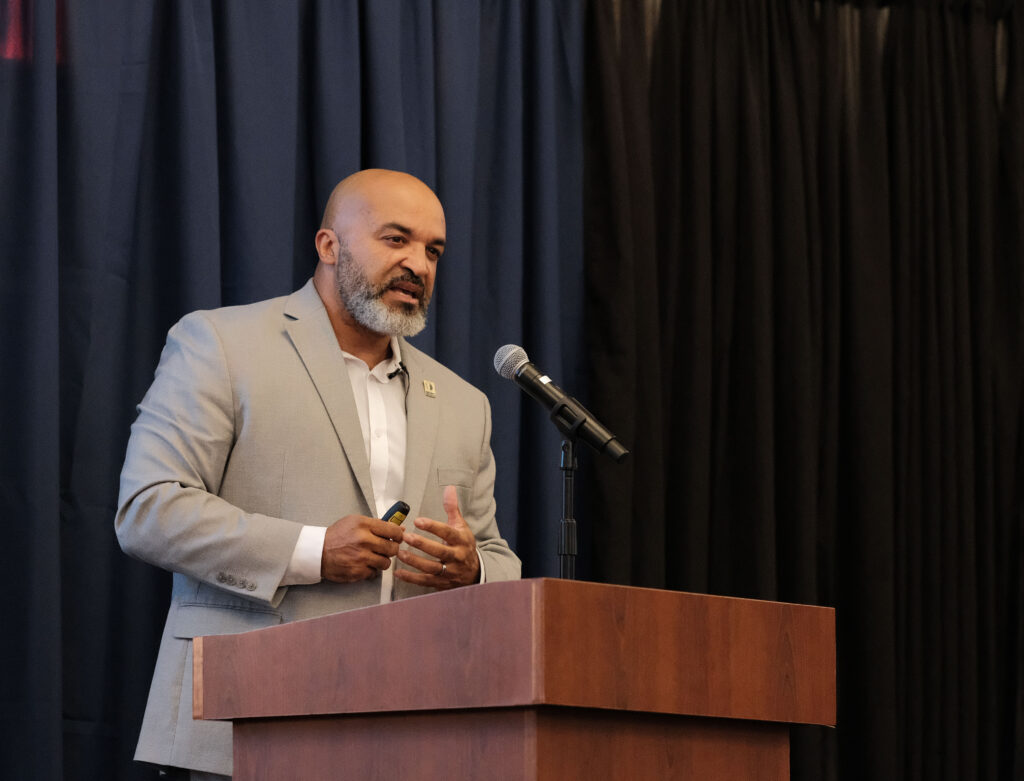
Economic developers need to remember that business and job creation is about improving people’s lives. The methods — traditionally, aimed at attracting big businesses with tax and other incentives — also need to be revisited, including by pushing for more entrepreneurship.
“Why we have so many challenges today, is that … economic development and industrial attraction has become so synonymous that people are confusing the results with the practice,” Gines said.
“So what we need to do is to decouple the practice from what we do as an intended result,” he said, “which is to create a high-quality economy for our communities, so people have a great place to live, work and play — and not just a few, but everybody.”
Regional work has challenges, but lots of opportunities, mayors say
During a lunchtime panel moderated by Heath Mello, the CEO of the Greater Omaha Chamber, the mayors of Omaha, Fremont and Papillion discussed their view of regional development along with the chief of staff of Council Bluffs’ mayor.
Omaha Mayor John Ewing said the city’s 2026 budget will double funding for regional economic development. “I want us to be more competitive, working together as a region, working together as a state, working across the river with Council Bluffs, so that we can create those jobs, so that we can retain our companies that are here (and) allow for them to be able to expand as well as recruit,” he said.
The group touted the quality of life in Nebraska and the metro area and the investment in public infrastructure over the last few decades. They see each municipality as an important part of the whole, with people living, working and commuting across different cities.
There’s also a connection to the larger region with Lincoln — Papillion, for example, is serving as a home to families that might have one parent working in Lincoln and one in Omaha, said Mayor David Black.
But working together is sometimes easier said than done. One challenge: The patchwork of differing regulations for economic development.
“Omaha is different than Fremont, and so forth, and so from a developer standpoint, that can be confusing,” said Fremont Mayor Joey Spellerberg. “Timelines are different, expectations are different.”
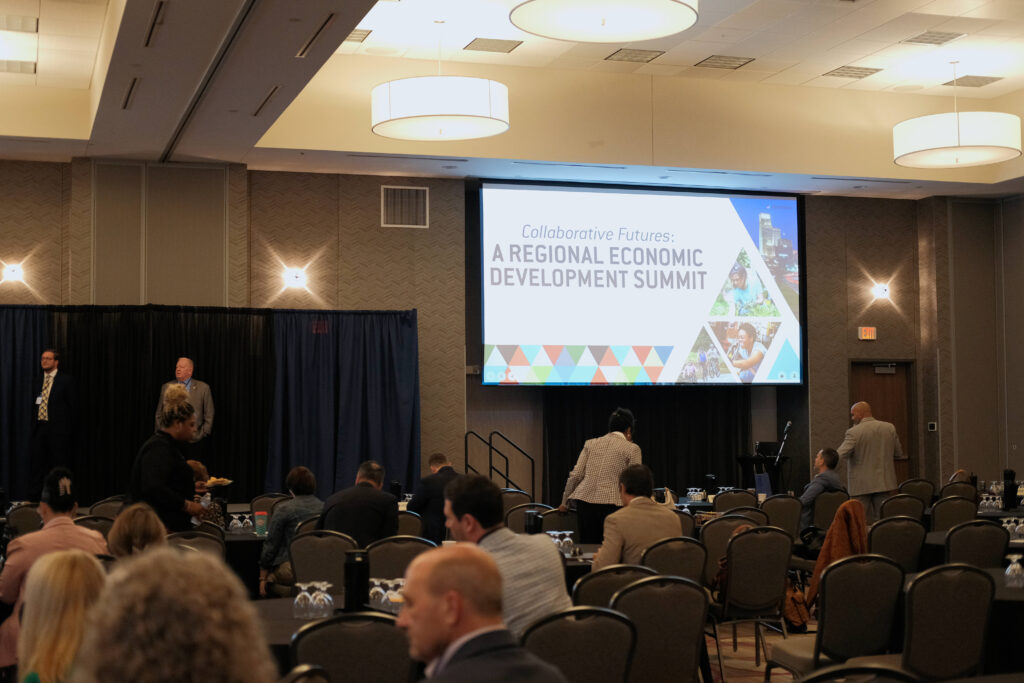
For Papillion, state policy is also an important factor, especially when it comes to tax incentives to attract businesses. “Because of rebate programs, I’m now going two years with zero sales tax,” which puts more pressure on property taxes, Black said. “So our tax policy at the state, the regional, local level is really complicated, and I think right now that’s probably the biggest concern.”
To address these issues, local leaders need to build coalitions to advocate for economic development. But they have to be made up of local leaders and residents, not just city staff, said Brandon Garrett, chief of staff for Council Bluffs Mayor Matt Walsh.
“I think we’re in a period of time, unfortunately, where there’s maybe just a general distrust in government,” Garrett said. “I think it would help a lot (for people to hear) from trusted community members and friends of those city council members to help explain these developments.”
Workforce development takes collaboration and communication
Morning and afternoon breakout sessions included panels that addressed a variety of topics, from grassroots economic development and growing creative districts to how artificial intelligence will affect the economy.
One morning panel titled “Brain Gain: Workforce Development” focused on education. Much of the conversation was about the need for better communication among different educational institutions, industry and families.
“There’s a lot of jobs (that require bachelor’s and master’s degrees) — there’s a lot of jobs that don’t need that,” said Dan Kinney, president of Iowa Western Community College in Council Bluffs. “Getting parents to understand that is another (challenge) that we see.”
Meanwhile, job training programs aren’t lining up fully with business needs, and vice versa. Certifications can create a workforce with technical skills, but industry is also asking for soft skills like communication. But some businesses don’t explain or even know themselves what specific skills they’re looking for, or what the expectations are for evaluating soft skills during the hiring process.
Businesses can also feel exasperated with publicly funded institutions like community colleges and the University of Nebraska system for not moving quickly enough to meet their needs.
“Stick with us for the long haul,” said Ana Lopez-Shalla, NU’s special advisor for workforce and economic development. “Sometimes, it can be easy to talk about how we move so slowly and bureaucracy. We’re talking about public funds and public trust. You don’t want it to be slapdash.”
An afternoon panel about using technology to recruit workers and guide students into career paths echoed those issues. “Employers need to be more receptive to people coming in that don’t fit the exact criteria that they’re looking for,” said Bo Jones, CEO of CareerPathway.com, a social media platform to connect students and employers.
“Especially as it relates to youth, reaching out for internships and apprenticeships — most often those requests are not answered,” he said. “Well, the students are not going to continue to do (reach out) if the response isn’t there at other companies.”
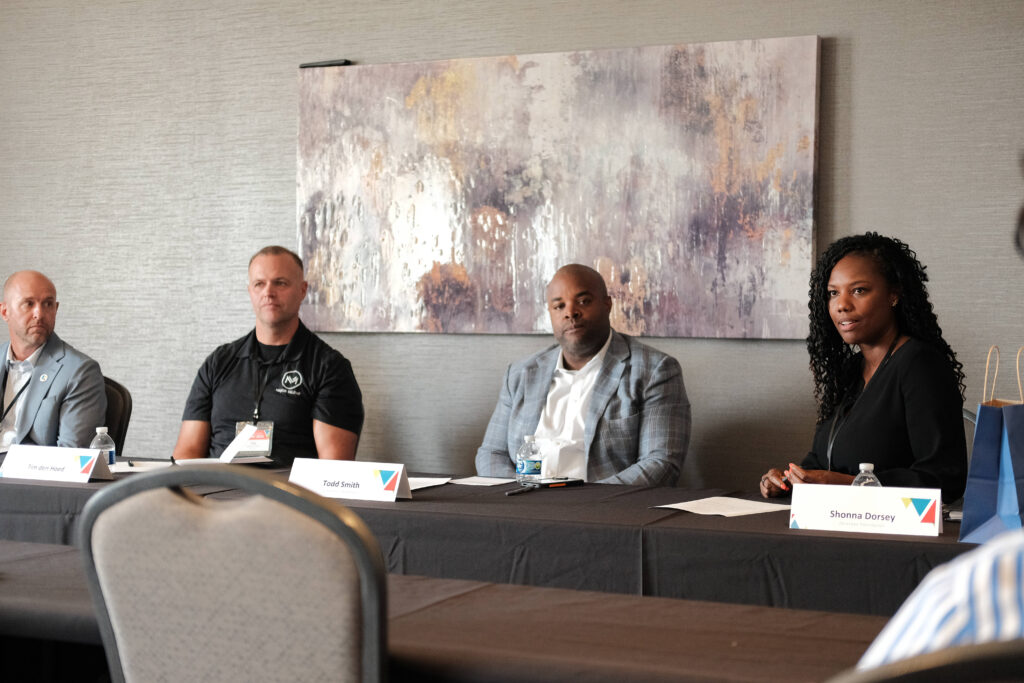
Students also need to better understand their options if they’re going to find a career path in Nebraska. That means looking beyond companies at face value.
Take the Kiewit Corporation. “Kids just might look at the surface and say, ‘Well, it’s a construction company. I don’t want to do construction,’” said panel moderator Shonna Dorsey, the executive director of the Nebraska Tech Collaborative. But “there’s HR, there’s legal, there’s all sorts of fields.”
Perhaps most important in the effort to improve Nebraska’s workforce pipeline is collaboration. “None of us can do it by ourselves,” said Todd Smith, CEO of the Symphony Workforce Foundation, which runs a gamified platform to match students with micro-certifications and career paths. “But if we get over ourselves, collectively, all of us and work together … we can do some really, really crazy good things.”

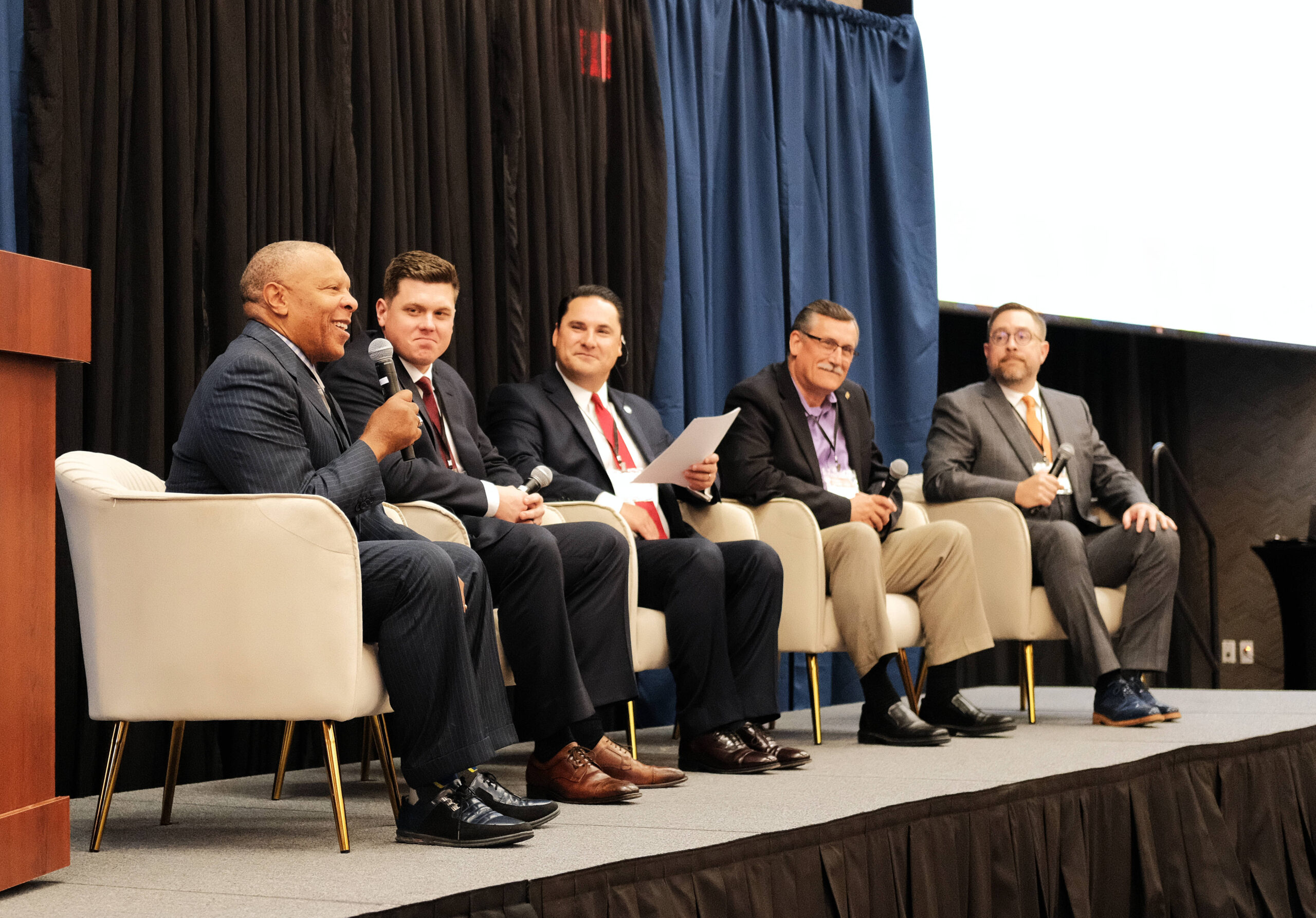
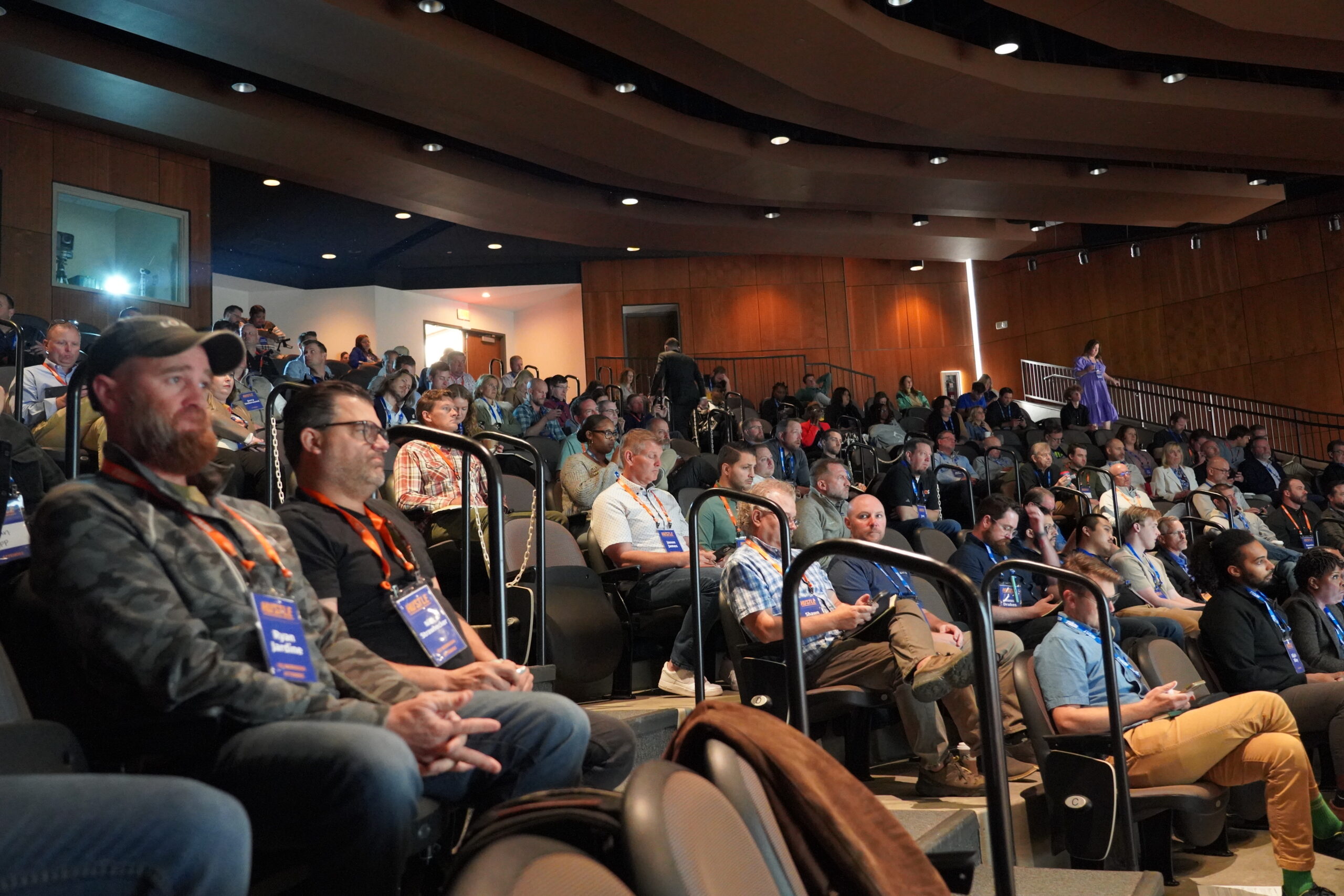
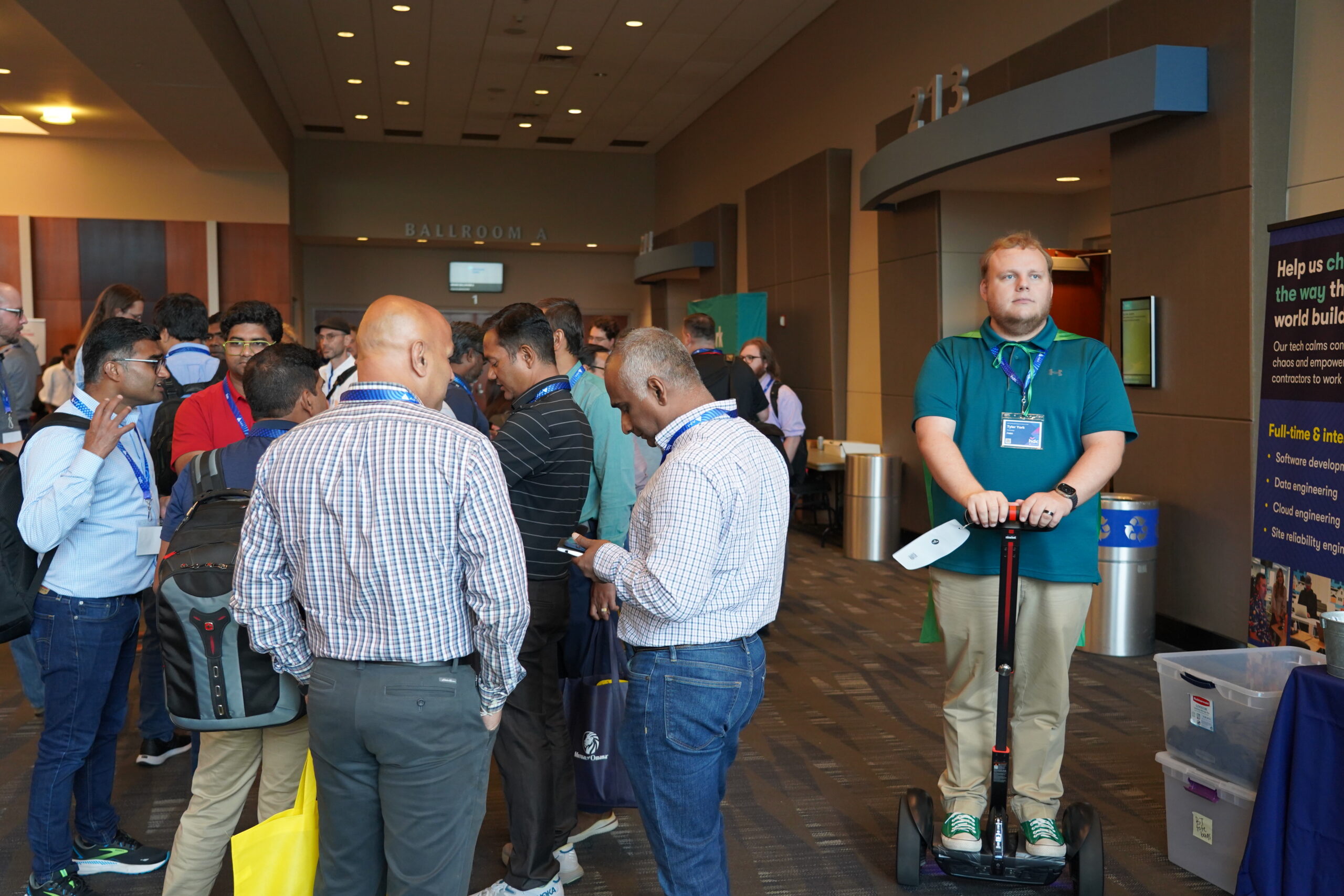
Leave a Reply